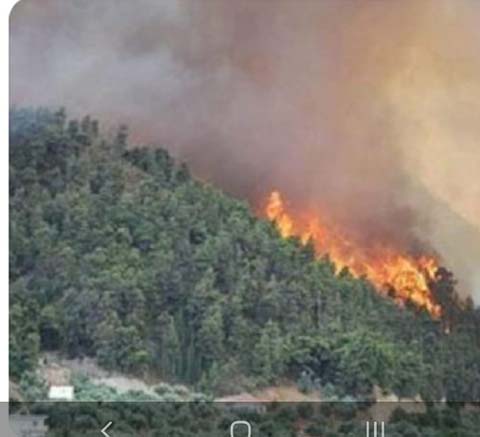SHIMLA/DEHRADUN: Tin-roofed houses, smog, dust storms and forest fires, concretisation of hill stations and high spots of pilgrimage at the mountain tops, deforestation, avalanches of tourist traffic and climate change have emerged as the real Villains for an alarming uptick in the heat waves sweeping Himalayan states mainly Himachal Pradesh and Uttarakhand these days.
From Shimla to Srinagar in Uttarakhand, from Dehradun to Kedarnath and Keylong the heat waves have been sweeping Himalayan states for the last one month from now. The heat waves have pushed panic button for the environmentalists, farmers and common man living in the mountains.
In most of the towns- be it Shimla, Jubbal, Kotkhai, Rohru, Chopal, Rampur, Theog and Dharamshala, Kullu, Keylong, Recongpeo, Kalpa and Sangla in Kinnaur, Dehradun, Mussoorie, Dalhousie and Rishikesh, Jhakhu Hill, Parashar lake, Churdhar at 12000 ft, you find tin-roofed sarais or houses everywhere.
Ask the people living in these tin-roofed houses and they will tell you, “Bahut Garmi Ho Gaye Hai, Garm Loo Chal Rahi Hai, suffocation Ho Rahi Hai” these days. 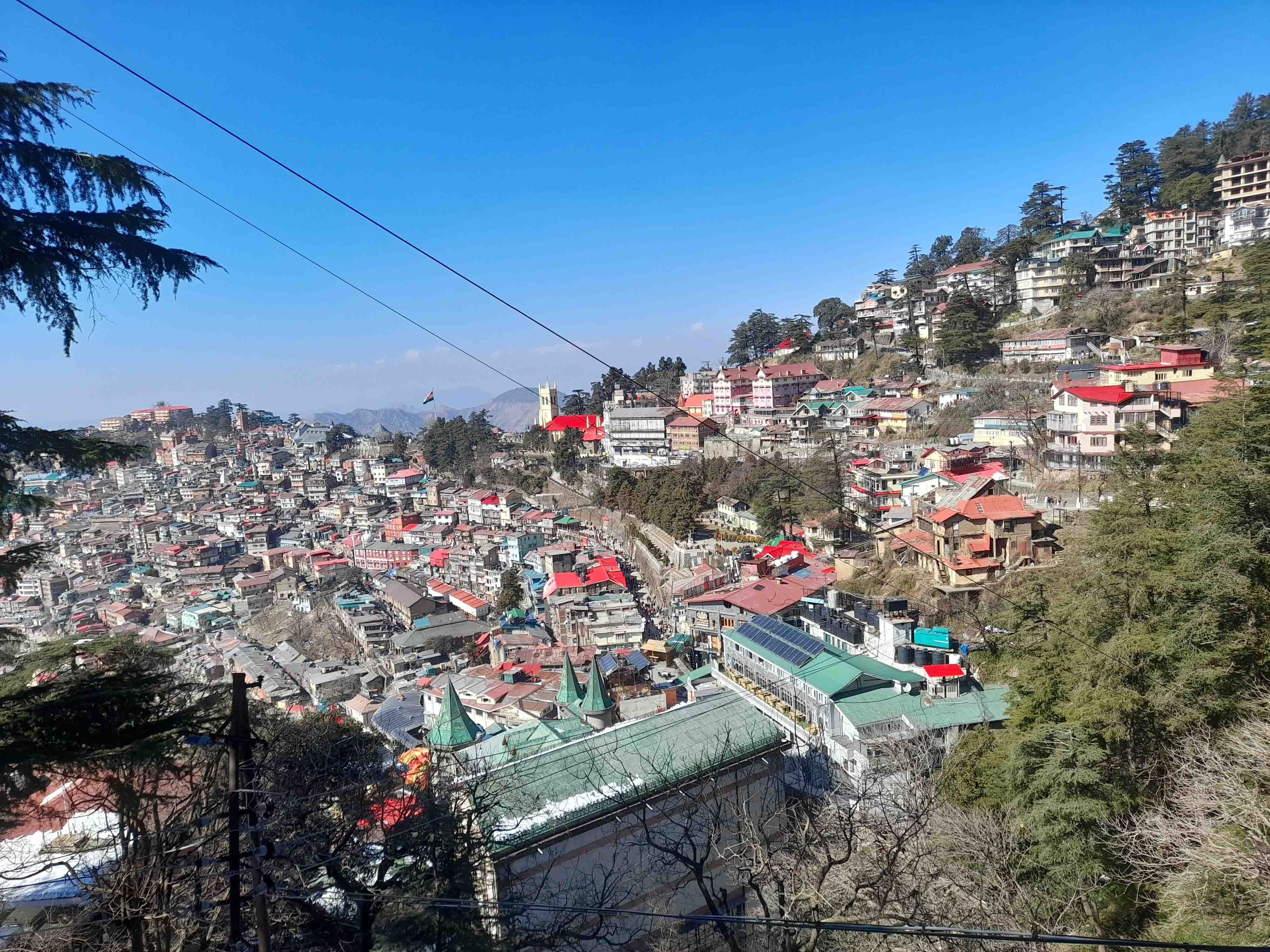
They have reasons to complain it so. The tin-roof reflect sunrays and create heat waves, so is the case with the concrete roofs and roads that are adding “fuel” to heat waves in hills these days in Himalayan region.
Check up the Ultraviolet index of these towns at noon and you will be informed, "It is high or very High". The UV radiation is accentuated by the tin roofs and concrete roofs and roads.
Second, Forest fires, smog and dust raised by summer windstorms stay in on in the lower atmosphere for days and weeks, abating the heat waves. These factors when combine together they create a "Green House" effect intensifying the heat waves that sweep most of the Himalayan foothills and high land valleys from Lahaul to Dun.
Colonial British, Governments Ruin Mountains
Who started these nasty tin-roofs in hills? Old timers tell you that it were the colonial British first who rapped the mountains by setting up the tin-roofed buildings in Hills of Himachal.
In Shimla barring Town Hall and Gaiety Theater and Grinlays buildings, most of other buildings used to have tin roofs in contrast with the slate-roofed houses of villages in the vicinity of the town then, recalled old timers.
They did in Shimla and Dalhousie and Other Places, Mussoorie perhaps and other places they settled in those days, they said. 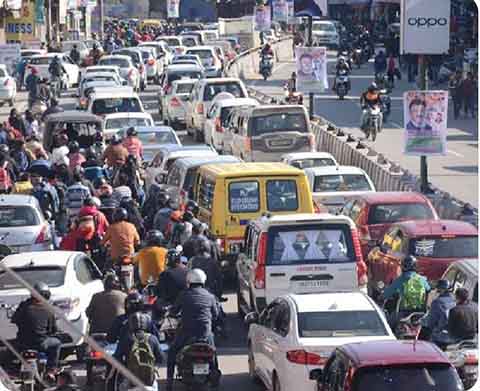
Guided by the myopic bureaucracy, which inherited the same colonial mind-set, the Governments in Himachal and most of the Himalayan states followed the same colonial British trend.
Go anywhere in Himachal and you find these nasty tin-roofs everywhere. Sarkari Tantra only perpetuated the tin-roofed government buildings - schools, colleges, universities, secretariates and Dak Banglow and rest houses, Mandir Sarais and Dharamshalas perched right on the mountaintop or raised inside the green wild life sanctuaries across the states.
In recent time, there is a new trend of roofing the tin-roofed buildings by solar heater panels, whose heat impact due to reflection is yet unknown and remains unstudied so far by the green academia.
Slate-Roofed Janjehli and Gushaini Cosier than slate-roofed Keylong and Srinanagar and Shimla in Himalaya
Time was when most of the villages in Himalayas had the slate-roofed houses that absorb heat without reflecting it back into space. 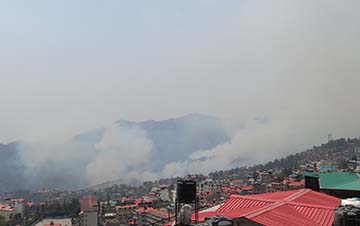
The slates take time to get heated and get cooler slowly in contrast to tin-sheets, which do the exact opposite.
The slate-roofed townships like Janjheli in Mandi, Gushaini in Tirthan valley in Kullu are cooler than Keylong and Kedarnath located right inside the Himalaya these days.
The successive state governments in Himachal are big culprit for contributing to aggravation of heat waves in the hills. The government has banned mining and quarrying for slates in the name of environment and landslides, without realizing its implications for environment above the roofs.
As a result, the villages have been forced to switch over to the tin roofs on a massive scale in the hills of Himalayas from Kohima in Sikkim to Kaza in Spiti.
The tin lobby has created the printed tin sheets for roofing which are easy to fix and plug leakages. On the other, roof slates are not found easily and are heavy to lift and to fix them on the houses for roofing.
But the slate roofs are more long lasting than the tin roofs. These have stayed on for hundreds of years in many remote villages, which now look look "grey islands of tine roofed houses" in places like Janjheli and Chatri in Mandi and Karsog, Gushaini Gada Parali in Kullu, Dodra Kuar in Rohru, parts of Chehta in Chopal and Shillai in Sirmaur, parts of Chamba and parts of Jaunsar Bawar in Uttarakhand.
It is because of this that a bewildering maze of tin-roofed houses has come up all across Himachal, Uttarakhand, Jammu and Kashmir and perhaps as far has Arunachal Pradesh and China-occupied Tibet. Net result is: Heat waves in these towns across Himalaya.
Dry Spells and Traffic Avalanches Adding to Heat Waves
Because of prolonged dry spells and lack of snow and rains in the Himalayas, the heat waves have been aggravated by the forest fires, resultant smog and dust storms and carbon footprints raised by an avalanche of vehicles making beeline for the hill stations like Shimla, Manali, Dalhousie, Dharamshala, Dehradun and Chhar Dham as far as Leh and Ladakh in north. 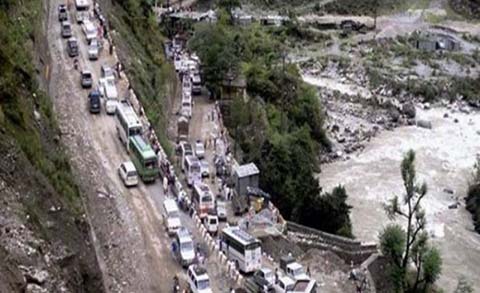
Heat Waves Cause for Concern in Himalaya
National fame activist and author Chandrabhushan, who is constantly active on climate change and energy issues, has expressed concern over the increase in the number of heat waves and heat days in states like Uttarakhand and Himachal Pradesh.
He cautioned that if we do not take necessary steps, then the situation will get out of hand in the coming times and the situation will be more worrying and frightening than what it is today.
In a virtual discussion with Anoop Nautiyal, President of the Doon-based SDC Foundation, Chandrabhushan today said that before the industrial revolution started in the world, the temperature of the earth had increased by one degree in 3 lakh years. But it is worrisome the temperature increased by One Degree Centigrade in 150 to 170 years after that.
The increase in the temperature of the earth by One Degree Centigrade means that in many places it has increased by 5 to 6 degrees. Along with this, it also means that the number of heat days has increased drastically.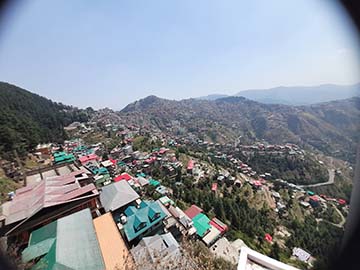
Heat Days in Himachal and Uttarakhand See Uptick
He said the number of heat days has also increased in the Himalayan states. The number of heat wave days in the month of April was 21 in Himachal Pradesh and 4 in Uttarakhand.
If the temperature is more than 30 degrees in mountainous areas and more than 40 degrees in plain areas, then it is called heat day. Apart from this, if the temperature on any day is 4.5 to 6.5 degrees above normal, then it is also considered as a heat day.
It is noteworthy that there were many days in the month of April in Uttarakhand, when the maximum temperature was recorded up to 7 degree Celsius above normal.
Chandrabhushan said that the situation in Dehradun has completely changed now. So was the case in Shimla and Solan and Manali. 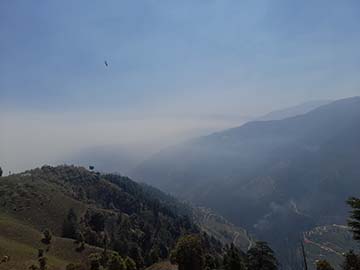
Till a few years ago, fans were generally not even needed in Dehradun, but now ACs start running in April itself. The number of heat days has increased in all the Himalayan states in the last 10 years.
Menace of Forest Fires and Smog
He said that forest fires have also contributed significantly in increasing the number of heat wave and heat days in Uttarakhand and Himachal as well.
About 10-15 years ago, there used to be 150 incidents of fire in forests in the state annually, but now their number is reaching 3 to 4 thousand. Along with this, heat wave is also helping in increasing the incidence of forest fires.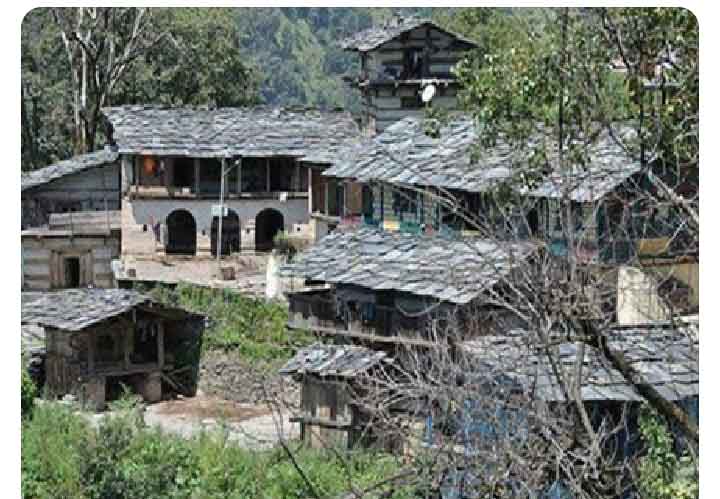
He described the large number of trees being cut in the name of development as worrisome. In cities where the number of trees is high, the temperature is relatively low.
Come Back to Traditional Houses in Mountains
He also rejected the trend of building concrete houses in hilly areas instead of traditional houses.
He said that if this rapid construction continues in the hilly areas, then in the coming 20-30 years a situation like Delhi will be created in the hills too. He said that the capacity and ecology of the pilgrimage sites should be taken care of during the Chardham Yatra. He also stressed on the need to take natural measures to keep the houses cool.



